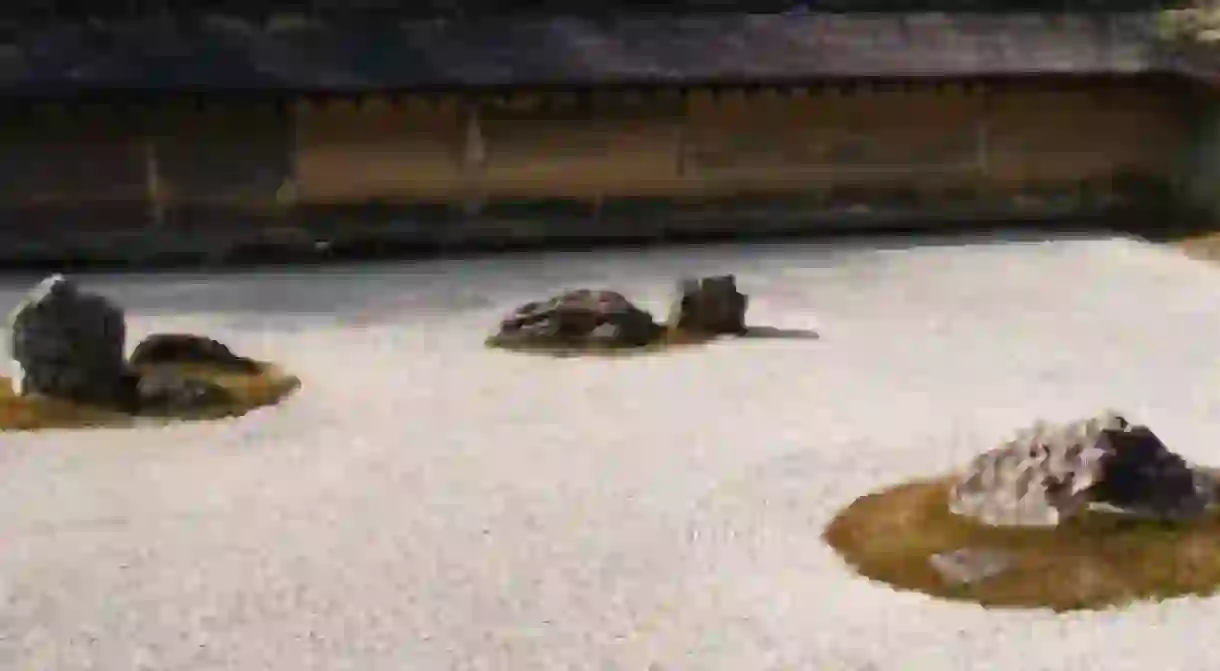The Most Beautiful Buddhist Sites In Kyoto, Japan

Kyoto is the Buddhism hub of Japan. Buddhist teachings and scriptures were only available to court nobles and the elite after its introduction in A.D. 538. It was not until the Kamakura period (A.D. 1192-1333) when Buddhism became the religion of the masses. Buddhist temples have since served as education centers, hospitals, orphanages and places of worship. With over 1600 temples, Kyoto has long been the sacred destination for Buddhism pilgrimage. Here are five of the most beautiful temples in the area.

Buddhist practices include daily meditation, chanting mantras or scriptures, adopting a vegetarian diet and lighting incense as offerings. While the most devoted still adhere to these routines, most Japanese see Buddhist practices as part of the culture rather than a religion. In daily life of modern-day Japan, saying ‘itadakimasu‘ before a meal literally means thanking and accepting the food. This custom came from saying grace in Buddhist practice. Bathing or cleansing before bed or entering temples signifies purification. Setsubun, the arrival of spring, is celebrated with throwing beans to ward off devils in temples. Zen Buddhism has a big influence on Japanese art forms including tea ceremony, calligraphy, swordsmanship, floral arrangements and landscape designs. When in Kyoto, pay a visit to these five notable Buddhist sites to experience their history.
Toji 東寺
Market













